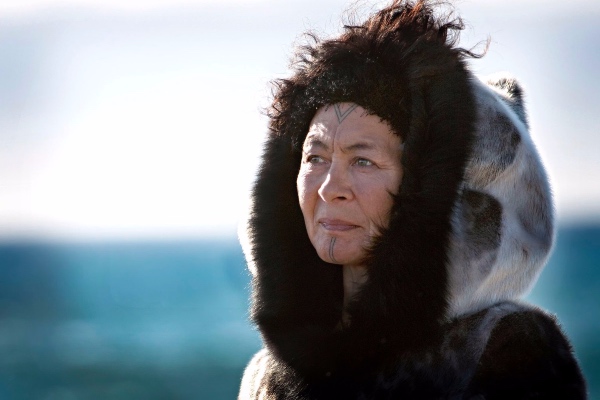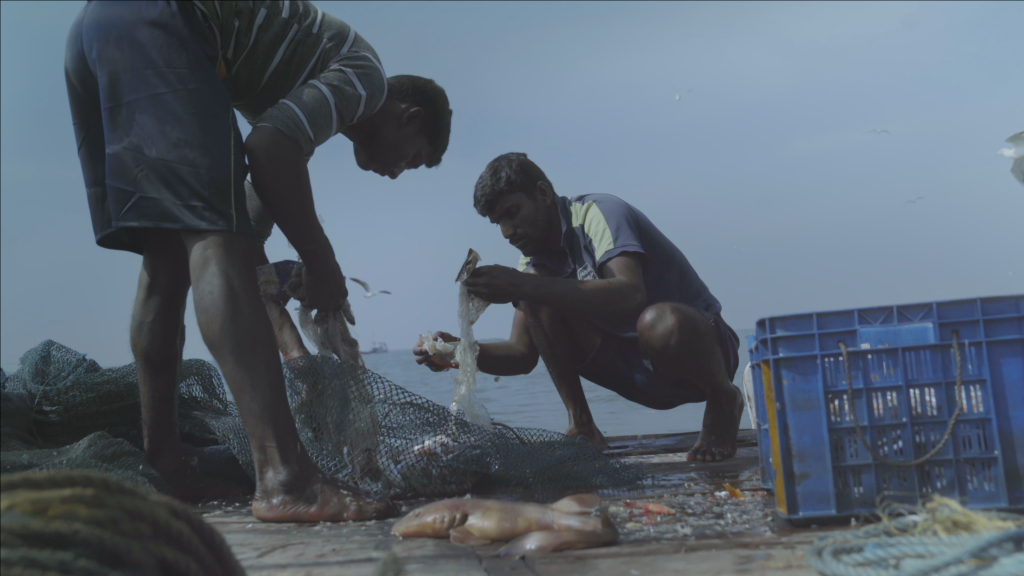Read also:
How to Watch FX Live Without CableHow To Watch AMC Without CableHow to Watch ABC Without CableHow to Watch Paramount Network Without CableThis year’s documentary category covered everything from Ukraine to freedom of the press to the dwindling fishing industry.
The next few years will undoubtedly see a number of films addressing the Russian invasion of Ukraine, but few will have the same impact as Mstyslav Chernov’s wrenching documentary 20 Days in Mariupol. Chernov is a Ukrainian war correspondent and photojournalist who happened to be in the border city of Mariupol with colleagues Evgeniy Maloletka and Vasilisa Stepanenko when the first Russian tanks rolled in. Instead of fleeing, they elected to stay and chronicle exactly what was happening to the city and its remaining citizens. Many of the brief snippets of the chaos and horror that happened over the course of the first three weeks of the invasion seen on news programs around the world came from their cameras.
Here, Chernov presents an extended chronicle of those first 20 days, giving a fuller picture of what it was like to be on those streets at that time. He sets out to provide definitive proof that Russia, despite the denials of Vladimir Putin and the Russian media, has been committing war crimes by targeting civilian homes and non-military buildings for their attacks. The results are undeniably harrowing, including an eye-opening look at the grisly results of an attack on a hospital.
These moments, and others, are hard to watch and some viewers may find themselves questioning why they would want to put themselves through such a grueling moviegoing experience. However, the footage, as grim and grisly as it sometimes gets, is presented in a non-exploitive manner that is governed more by a desire to show the world what is really happening than anything else. The film also strives to depict the astonishing resilience of the people who were still in Mariupol as they tried to survive and/or make it out despite the almost total lack of phone, electric or Internet service and enemy planes constantly flying overhead. Perhaps most significantly, while Chernov has enough self-awareness to recognize the potential ghoulishness of filming people at the absolute low points in their lives, his determination to get his footage out as a counter to Putin’s propaganda is ultimately a stirring testimonial to the importance of a free press.

Another film examining the importance of a free press, this one focusing on how easily it can be taken away, came in the form of Rebecca Landsberry-Baker and Joe Peeler’s Bad Press. In the opening moments, we learn that, of the 574 officially recognized Indigenous tribes, only 5 of them have enacted laws ensuring freedom of the press similar to what is guaranteed in the U.S. Constitution. One of them is the Muscogee (Creek) Nation and in 2018, following revelations of corruption and sexual harassment by tribal leaders that were reported on by Mvskoke Media, the community’s sole local news organization, the Tribal Council quickly passed a motion revoking the Free Press Act and essentially taking over editorial control. To add insult to injury, the person holding the deciding vote in the matter just happened to be on of the people facing the accusations published by Mvskoke Media.
However, the staff at Mvskoke Media, led by veteran reporter Angel Ellis, didn’t take the decision lying down, electing instead to stay and fight the repeal. Their challenge is convincing both the community at large, and the council in particular, of the disastrous consequences of such a move in the face of misinformation. Eventually, the whole thing hangs on a local election that will decide whether the Muscogee (Creek) Nation will add an amendment to their constitution that would protect freedom of the press once and for all, a move that could have a huge impact on other Indigenous communities throughout the country.
At its center, Bad Press is a celebration of the importance of journalism and it proves to be a pretty stirring example of it as well. It recounts the story of the press freedom fight in a clear and concise manner by providing eye-opening examinations of the machinations of a small-scale media outlet determined to report the real news, and the local electoral process, that nicely illustrate the importance of the issues at hand. It also exposes the corruption among community leaders, and how even those who claim to believe in a free press can fail to come through when faced with the potential loss of their own power. Ellis and her colleagues are engaging guides through all of this and when the film gets to the Election Night climax, most viewers will find themselves as caught up in the moment as the people on the screen.

Indigenous communities and their trying to maintain tradition against challenges from the outside world are at the center of two other documentaries in the Sundance lineup, though with differing results. Of the two, Lin Alluna’s debut feature Twice Colonized has a potentially fascinating subject at its center, but doesn’t quite seem to know how to handle it. TAaju Peter, an Inuit woman born in Greenland, was sent off to study in Denmark, where those in charge attempted to strip away her Inuit identity altogether. After she was returned to the Canadian Arctic, Peter fought for the rights and ways of her people, including tireless lobbying to overturn the European Union’s seal-product ban and its devastating effect on the Inuit community, and establishing a permanent forum for Indigenous concerns.
While accomplishing all of this in her professional life, Peter’s personal life is also in upheaval, as she attempts to finally leave her abusive white boyfriend while mourning the recent suicide of her son. Her healing process involves a return to her hometown with her brother in tow, and the visit inspires her to both tackle her cause with renewed energy and write a book about it.
The first half of the film, in which Peter recounts the overlapping nature of her personal and professional lives, is interesting. Peter herself is an undeniably compelling character, steely and determined at some points and achingly vulnerable at others. However, once she makes the return trip home with her brother, the film begins to slip somewhat. The return is way too brief and not especially revelatory in the specifics of how it energizes Peter for the fight ahead.
The rest of the film is similarly scattershot as Peter visits other Indigenous communities as well as government officials to press her causes, but only presents brief clips that don’t really edify things. Even what would seem to be the film’s natural climax—the speech that Peter finally delivers at the EU headquarters—is given a perfunctory treatment that winds up muting its impact. Peter is an undeniably fascinating person, but Twice Colonized, despite its obvious good intentions, never quite does her justice.

The more successful of the two by far is Sarvnik Kaur’s Against the Tide, winner of the festival’s World Cinema Documentary Special Jury Award. Set among the Indigenous Koli community of Bombay, it tells the story of two lifelong friends, Rakesh and Ganesh, who, like so many in their community before them, fish the seas as their primary source of income and who are both facing financial issues as a result. Utilizing an inherited boat, Rakesh is able to bring in enough money and food for himself and his family, but when his newborn son develops some serious health complications, he will need to pull in a lot more in order to stave off poverty.
As for Ganesh, he comes from money and has returned home after studying abroad in the United Kingdom, hoping to modernize his own fishing business by utilizing LED lights as a way of attracting fish. The use of LED lights is a point of serious contention among members of the Koli community and indeed, even though there’s a great bond between Rakesh and Ganesh, even that is threatened by the wedge that the issue drives between them. The irony, of course, is that the area has been so overfished by Chinese fishing vessels that Ganesh may not be able to catch enough to hold off his own potential financial jeopardy.
What makes Against the Tide so special is not the story that Kaur is telling as much as how she tells it. Presumably realizing that the basic narrative was strong enough to resonate with viewers of all backgrounds and cultures on its own, she eschewed such elements as narration or talking head interviews to push forward the story. Instead, Kaur utilizes a verite-style approach that puts the emphasis on quietly observing her subjects, and letting their discussions and actions move things along without any artistic imposition.
It works, thanks to a combination of the relatable subject matter (one that presents its environmental concerns without hitting viewers over the head with them), the engaging central characters (both of whom have strong and understandable reasons for the respective views on the LED light question) and the often-stunning visuals that Kaur and her crew have captured along the way. On paper, Against the Tide may sound like the kind of run-of-the-mill documentary that Sundance has in abundance every year but this one is really something special.